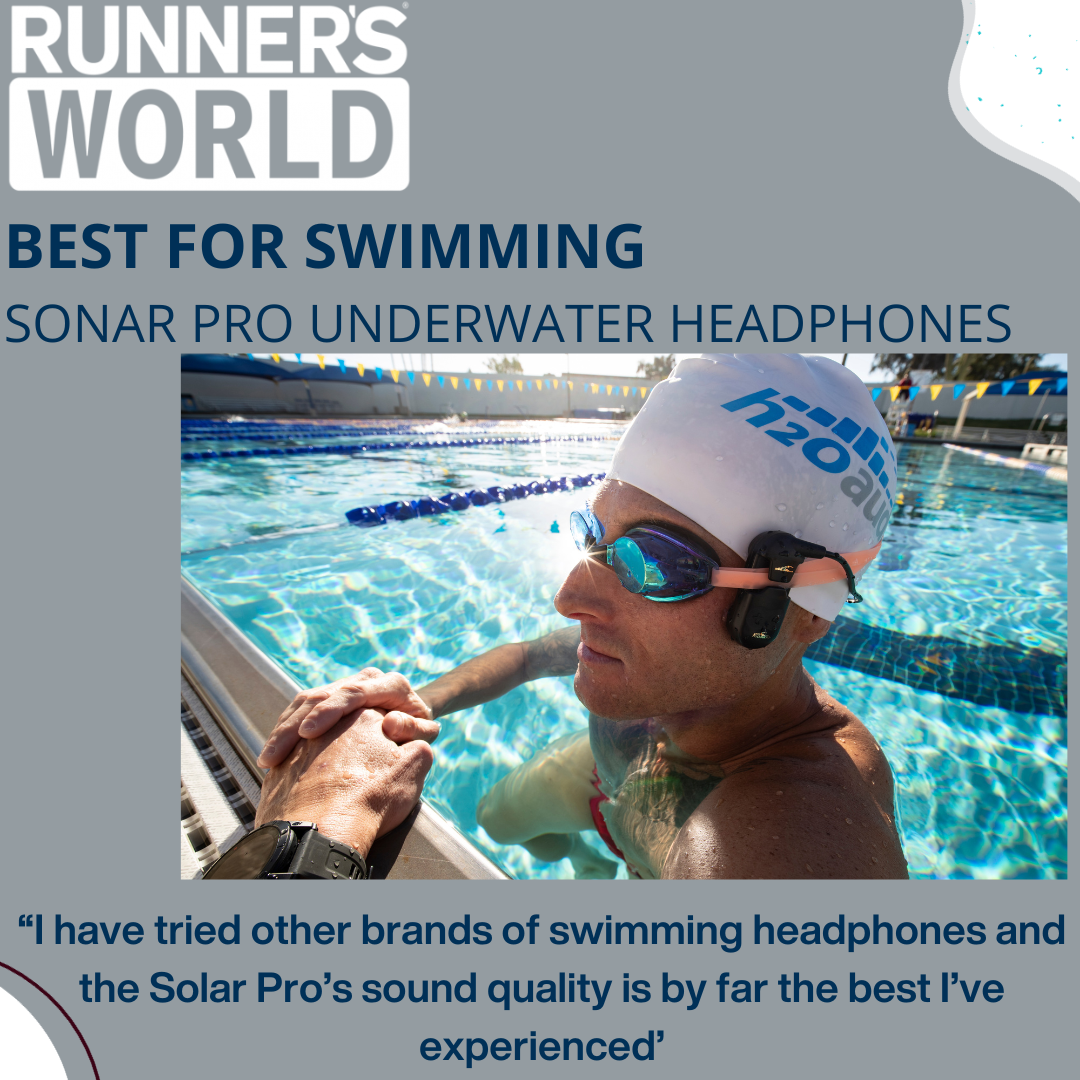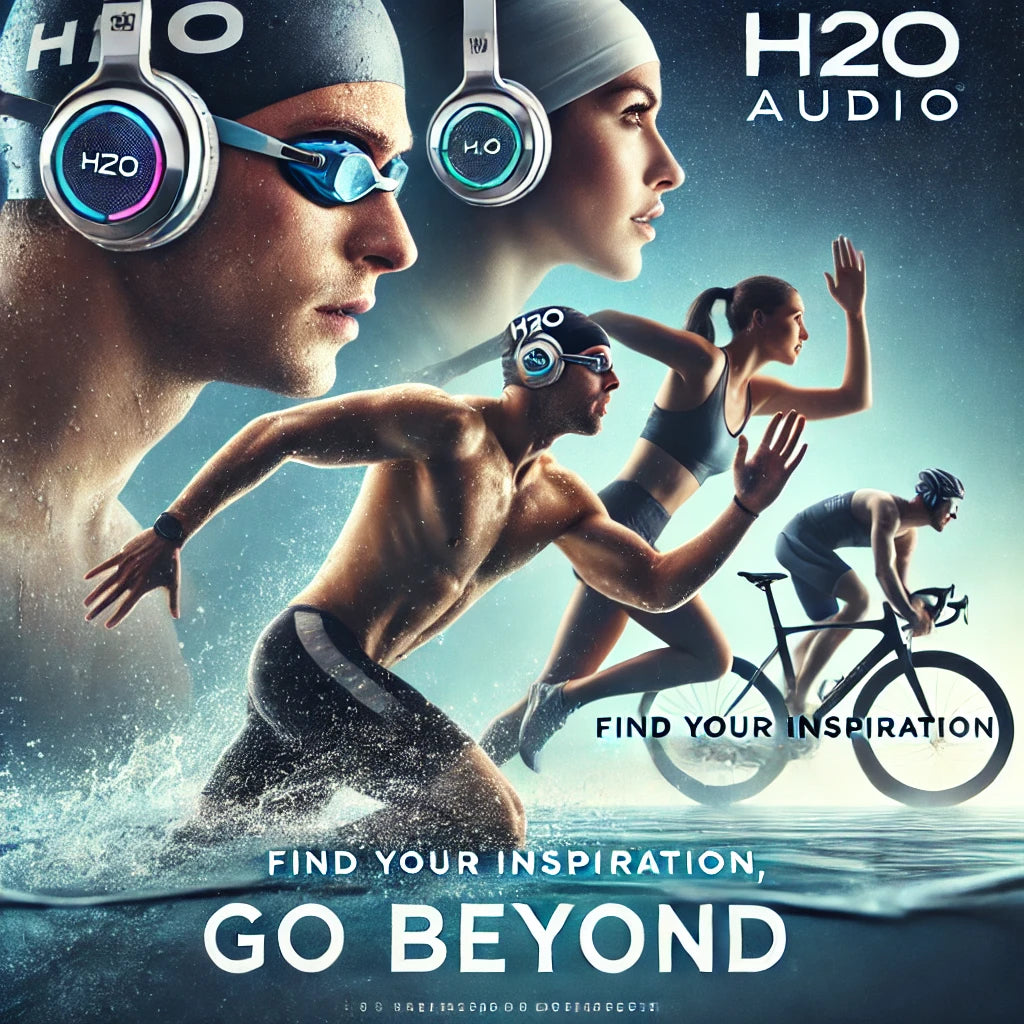6 of the best open-ear and bone-conduction headphones for safer running
Designed to help you stay aware of your surroundings on the run
Zoning out to your favorite tunes or podcast can be a great way to help you tick off your miles – especially if motivation is lacking. But sometimes getting lost in music can make you less aware of your surroundings, which can be a problem if you’re someone who runs in cities, the dark or on roads, where safety is paramount. The solution? A pair of open-ear or bone-conduction headphones.
Instead of sitting in your ears like traditional wireless headphones, these are designed to leave your ear canals open so that you can remain aware of traffic or other sounds around you. As the days get shorter, they're particularly useful for added security when running in the early hours or late at night. So, grab your head torch and your best reflective running gear, and get ready to pump it – louder!
Best open-ear and bone-conduction headphones to shop now

How do bone-conduction headphones work?
Bone-conduction headphones work by conducting sound to the inner ear primarily through the bones of the skull. This creates a more natural listening experience with minimal sound leakage.
Not only are they good from a safety perspective, but bone-conduction headphones can be useful for anyone that suffers from hearing loss because of problems with their outer or middle ear. The downside is that bass is often lacking compared with in-ear or over-ear headphones.
Is open-ear the same as bone conduction?
The short answer is 'no'. While open-ear headphones also leave the ear canal unblocked, they're powered by air conduction. Usually, there’s one hole that transmits sound through the air to the ear and another that reduces sound leakage using what's known as anti-phase sound. The positive of this that you can be more aware of your surroundings; the negative is that you often need to use them at a higher volume to ensure sound clarity.
Bone-conduction headphones are relatively new within the music tech world, which is why there's not a great deal of options on the market. So, we've rounded up both conduction and open-ear headphones below, to give you plenty of choice.

Thought it was impossible to listen to Spotify while doing lengths in the pool? Not anymore. The laws of physics have not miraculously changed – Bluetooth range underwater remains limited to around four inches – but H20 have provided a nifty solution: clip your Apple Watch (strap removed) to your goggles, just behind your head, so that it’s close to your headphones, and stream music directly from your watch, using Spotify Premium or Apple Music. Granted, you’ll need an Apple Watch to enable offline play but, if you don’t have either of these, you can listen to music another way: via the built-in MP3 player, which has memory capacity for over 2,000 songs (8GB). Simply connect with a Mac or PC, download your favorite tunes and drag and drop.
‘The user guide is simple to understand, and downloading the music from your Mac to the memory on the headphones is quick and easy,’ confirmed our tester.
As for the sound quality once in the pool? ‘I have tried other brands of swimming headphones and the Solar Pro’s sound quality is by far the best I’ve experienced’ our tester said. ‘When listening via MP3, I found the audio clear with no disturbance while underwater, although the sound quality was not as good when using Bluetooth mode.’
Although you need to clip the headphones to your goggles to use them, our reported praised how comfortable they are to wear, commenting that they feel ‘extremely light’. She also applauded their battery life – which offers seven hours of play time.
| Type | Bone-conduction |
|---|---|
| Battery life | 7 hours |
| Noise-cancelling | No |
| Accessories included | Charging wire |
6 of the best open-ear and bone-conduction headphones for safer running





Share:
Sweat to the beat: Crafting the Ultimate December Workout Playlist
Stay on Track with Your Workout Routine this Holiday Season: H2O Audio Headphones to the Rescue!